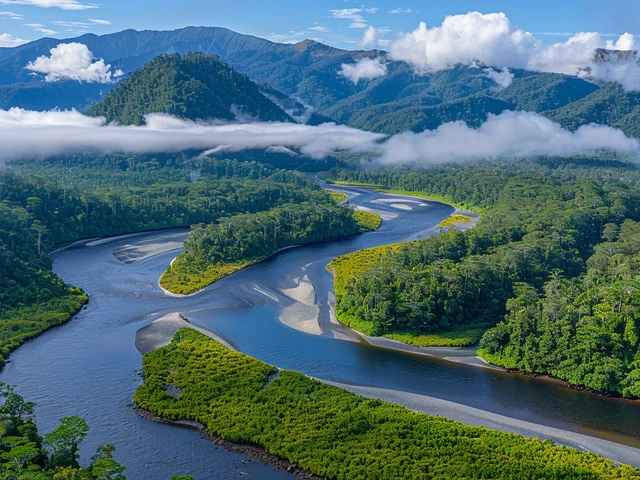Euro 2024 Qualifier: Poland vs Austria - Live Match Updates and Detailed Analysis
Jun 21 2024
When you hear the term “cocaine smuggling,” you probably picture hidden compartments, fast boats, and secret tunnels. The reality is a mix of old‑school tricks and new tech, and it’s affecting many African countries today. This page pulls together the most recent headlines, explains how the trade works, and shows what governments and communities are doing to fight back.
Cocaine usually starts its journey in South America, where large farms grow the plant and process it into a powder. From there, traffickers use a handful of tried‑and‑true methods to move the drug north. Small cargo ships, fishing vessels, and even private yachts slip through poorly guarded ports. Once the shipment reaches the western coast of Africa, it can be transferred to faster speed boats or hidden in legitimate cargo like timber, cocoa, or minerals.
Technology has added new layers. Some groups use GPS‑linked containers that can change routes on the fly, while others employ encrypted communications to coordinate drop‑offs. In many cases, local criminal networks partner with corrupt officials, making it easier to move the product inland. The end‑point is often Europe or the Middle East, where the drug is sold on the street.
A wave of recent arrests shows that African law‑enforcement is stepping up. In Nigeria, customs seized several tons of cocaine hidden in a shipment of cashews, breaking a record for the country. Kenya’s anti‑narcotics unit reported a bust involving a speedboat that was trying to land a half‑ton load near Mombasa. South Africa’s navy intercepted a cargo ship off the coast of Durban that was carrying almost 200 kilograms of pure cocaine concealed in a metal container.
These successes are often the result of regional cooperation. The West African Schengen Information System (WASIS) lets countries share intelligence in real time, and joint operations between the EU’s law‑enforcement agencies and African police have become more common. Still, the trade adapts fast. When a route gets blocked, smugglers simply shift to a new port or try a different method, like using drones to drop small packages onto remote beaches.
Beyond the big busts, the impact on everyday people is huge. Communities near major ports see a rise in violence, as rival gangs fight for control of the supply chain. Schools sometimes report increased drug use among teenagers, which triggers health and social problems. Governments are trying to address the root causes by investing in jobs and education, but the lure of quick cash from the drug trade remains strong.
If you want to stay informed, keep an eye on local news outlets and the statements from customs or police departments. Many countries publish weekly reports that list seized quantities, arrest numbers, and the methods used in recent operations. Following these updates can give you a clearer picture of how the problem evolves and where the hot spots are.
In short, cocaine smuggling is a moving target that blends old‑fashioned secrecy with modern tech. Africa sits at a critical crossroads, acting both as a transit hub and a place where the trade’s fallout is felt daily. By tracking the latest stories and understanding the mechanics, you’re better equipped to see the bigger picture and maybe even help spread awareness in your community.
Former Qantas captain Timothy James Clark crashed in Brazil on Sept 14, killing himself and revealing a cargo of 180‑200 kg of cocaine wrapped in fake SpaceX branding. The aircraft had been altered for ultra‑long‑range trips between Africa and South America, earning the pilot millions per flight. Authorities from Brazil, Australia and regional police now probe a sophisticated international drug‑trafficking network.

Jun 21 2024

Jun 19 2024

Jul 23 2024

Aug 12 2025

Oct 9 2024